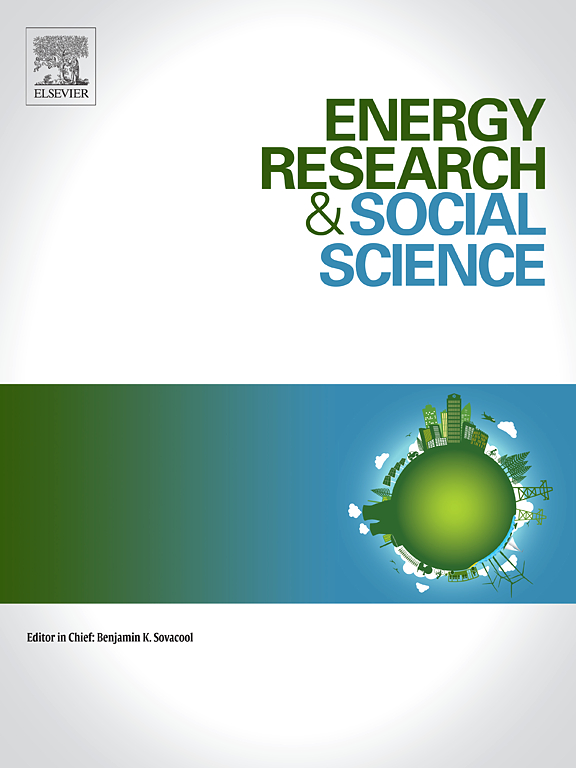Hypervolume approaches are used to quantify functional diversity and quantify environmental niches for species distribution modelling. Recently, Qiao et al. (2016) criticized our geometrical kernel density estimation (KDE) method for measuring hypervolumes. They used a simulation analysis to argue that the method yields high error rates and makes biased estimates of fundamental niches. Here, we show that (a) KDE output depends in useful ways on dataset size and bias, (b) other species distribution modelling methods make equally stringent but different assumptions about dataset bias, (c) simulation results presented by Qiao et al. (2016) were incorrect, with revised analyses showing performance comparable to other methods, and (d) hypervolume methods are more general than KDE and have other benefits for niche modelling. As a result, our KDE method remains a promising tool for species distribution modelling.
DOI:
https://doi.org/10.1111/geb.12611
Altmetric score:
Dimensions Citation Count:
























